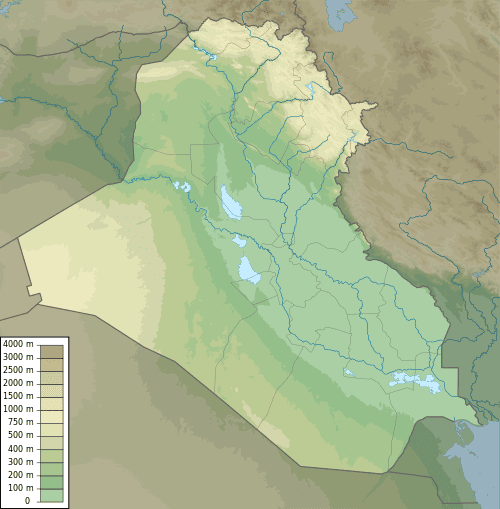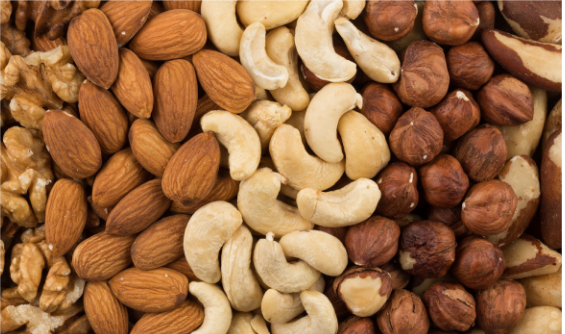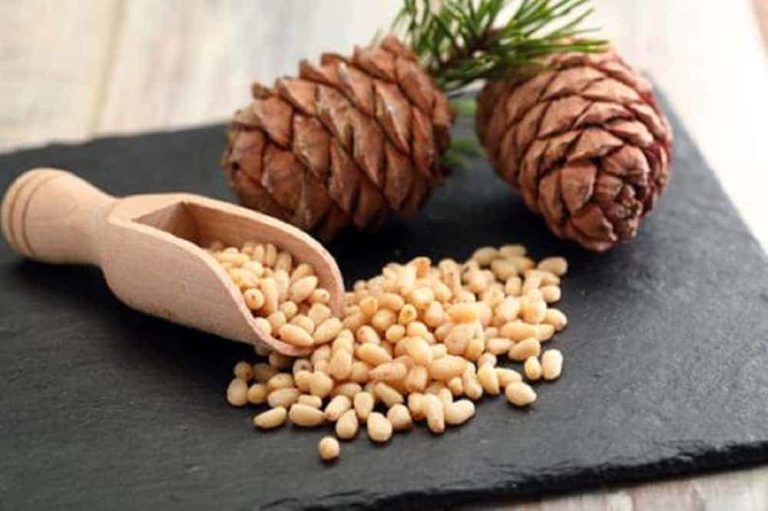Your cart is currently empty!
Dates And Figs In Ancient Mesopotamian Food

Cities are the index of civilization. Admired for their palaces of religion, art, and aqueducts. Not, as a rule, considered for their granaries. Yet, the magnificent structure of getting food into the world’s first great civilizations was just as complicated and challenging as today. In ancient times, Sumer and Egypt counted on those systems to grow. They would count on figs in ancient Mesopotamia.
During seven thousand years of experiments, man had discovered which crops could best grow and how best to grow them. Slowly and painstakingly, we evolved a few basic tools that enabled farmers and processors to cultivate the light soil of the Near East. These tools were the hoe, the harrow, the rake, and the mallet. The hoe scraped a shallow groove in the earth’s surface and soon became a scratch plow. One man pulled this tool while another walked behind, pushing. They forced into the soil the tip of the hooked branch from which the plow was made. When, during the third millennium B.C., oxen were harnessed to the plow, it became possible to drag the tip more deeply through the ground. An innovation requiring one farmer instead of two. Deeper plowing helped to slow down the process of soil exhaustion.
Harvesting Tools And Further Agricultural Development
The armory of the Sumerian agriculturists also included a harvesting tool invented in the early days of grain gathering. The sickle, a curved instrument made from wood or horn, is fitted with flint teeth and strongly resembles the most functional grass-cutting mechanism, a sheep’s jaw. The flint-toothed sickle would not be superseded until tempered metal blades were used.
Farming technology did not stop at tool design. By 2500 B.C., the accumulated expertise of the centuries had been codified in the Sumerian “Farmer’s Almanac.” One of the world’s earliest surviving works of reference was discovered underground in 1949. “When you are about to plow your fields, ” says the Almanac, “keep your eye on the man who puts in the barley seed. Let him drop the grain uniformly two fingers deep. Use up one shekel of barley for each garush, a strip of land roughly six to seven yards long. If the barley seed does not sink in properly, change your knife on the plow, the ‘tongue of the plow?”
By modern standards, the tools and technology of Sumerian and Egyptian agriculture may seem very primitive. But they were the product of a long trial and error and so well adapted to the conditions for which they were devised that, in some places, they remain useful today. It is healthy to realize that land sown with grain in Egypt in 1000 B.C. yielded as rich a crop as it does in the twentieth century A.D. Figs in ancient Mesopotamia caused a spur of agricultural innovation which helped farming.
Food In Sumer
Sumerian records are not expansive on food. The text did show that seven thousand years of farming had proved facts codified by farmers. A given acreage of land put down to wheat or barley filled more stomachs faster and more cheaply than the land given to livestock. For “civilized” man, grain had supplanted meat as the mainstay of the diet.
The raw materials of the Sumerian diet were barley, wheat, and millet. Then, for protein, they had chickpeas, lentils, and beans. Then, you have food in the onion family, including onions, garlic, and leeks. Also, vegetables include turnips, cucumbers, fresh green lettuce, cress, and mustard. Arabic food has long been considered medicine, and it is no wonder why. By early Babylonian times, a kind of truffle had been discovered, regarded as a great delicacy, and dispatched to the king by the basketful.
An example of an everyday meal probably consisted of barley paste or barley bread, accompanied by onions or a handful of beans, and washed down with beer. Variety was provided by the fish which swarmed in the rivers of Mesopotamia. Over fifty different types of fish are mentioned in texts dating from before 2300 B.C.
The Finding Of New Cities

A few centuries later, historians found less varieties of fish but instead found something else. They found winding streets of cities such as Ur, where vendors cooked foods in short order for to citizens passing by. The vendors would cook fish, onions, cucumbers, and grilled meat. They had to consume animals almost immediately in the hot weather to prevent spoilage. Citizens in these cities would eat meat much more often because of this. They had many more potential customers than their counterparts on the countryside.
Beef and veal were popular with people who could afford them. Most cattle were slaughtered only at the end of their working lives. By then, they would be tough and stringy. In fact, old oxen, according to a palace inventory of about 2400 B.C., were frequently used “to feed the dogs.”
Types Of Food Eaten In The Cities
Mutton was more common, perhaps because the dynamic in-comers who seemed responsible for putting the Sumerian state on its feet had originally been sheepherders. In the surviving vocabulary of Sumer, there are two hundred words describing types and varieties of sheep. Especially fattened sheep, mountain sheep, and fat-tailed sheep. The fat-tailed sheep, first described by Herodotus, was for many centuries regarded by scholars as no more than one of that geographer’s more imaginative flights. But the breed turned out to be perfectly genuine. The tail was considered a great delicacy, rich in high-quality fat, accounting for as much as ten pounds out of a total carcass weight of sixty pounds. It was also common that citizens would eat figs in ancient Mesopotamia.
A goat was another acceptable meat, and the people of the Near East had not yet rejected pork. Historians often say that the prohibition of eating pork in Jewish and Muslim religions originated in medical doctrine. Pork is a dangerous meat in a hot climate. They must have considered this when formulating dietary regulations. The peoples of the near east seemed to know all about pork and its dangers as well. Still, they did not appear to put any taboos on pork until about 1800 B.C.
This was when Indo-Aryan nomads were reaching great areas of eastern Europe and western Asia. Sheep, goats, and cattle were the livestock to which the nomads were accustomed in their home constitutional objection to being herded. Half a dozen pigs gave far more trouble than a hundred sheep. The Indo-Aryans were responsible for spreading many new ideas and techniques through the lands they invaded. It is possible that they also spread their loathing for the pig, which was the stimulus that converted a general wariness of pork into a full-scale prohibition.
Dates In Ancient Mesopotamia

In some regions, the date palm had flourished as far back as about 50,00 B.C., and mankind must have always found it useful. Although not, in an era of primitive technology, it is quite the universal provider of food it is today. Currently, there are 360 different uses for dates beyond just eating a raw date. Even the seeds can be used as camel food or reduced to charcoal to fuel fires.
The network of irrigation canals in southern Mesopotamia provided ideal conditions for palm cultivation. The palms clung to the canal banks, leaving the open land free for other crops. So productive were these date palms. These date breeds gave the people various flavors and were cheaper than other crops. Dates were cheaper than grain. You could eat the fruit fresh and whole, or juice it and evaporate it into a thick syrup. Then, it would be used for puddings and sweetmeats as a general alternative to honey for sweetening. Also, as an ingredient in fermented soft drinks.
In winter, dried compressed dates were sometimes chopped up and mixed with a barley paste. Xenophon, in the early fourth century B.C., remarked on the size and succulence of the dates he ate during the Persian expedition. “Their color was just like amber,” he said, and the Babylonian villagers dried them and kept them as sweets.
Toddy Tapping In Ancient Mesopotamia
The date palm had other contributions to the ancient diet. In Babylon, the new foliage sprouting from the crown of an old tree was eaten as a vegetable. This “cabbage” had a “peculiarly pleasant taste,” though it was apt to cause headaches. Since the tree died when the “cabbage” was removed, it must only have been palms well past their prime that were so treated. The “cabbage” may have been a byproduct of the final toddy-tapping, creating a beverage. They would tap the crown of the date palm for sugary sap. They then would ferment the sap to make a beverage called palm toddy. The Mesopotamians could also build down the light syrup into thick syrup from the dates.
They had to tap with moderation during the useful life of the date tree. Once the tree had passed its peak of fruitfulness, a great deal more sap could be drawn off. The people of Babylon wished to clear the ground for new young palm trees. Likely, they disposed of the old by stripping the “cabbage,” draining the sap and leaving it to die of its own accord.
Figs, another fruit with a high sugar content, were also very popular in the Near East and throughout the hotter parts of the Mediterranean. The fig tree, however, did not have the multitudinous virtues of the dates in ancient Mesopotamia, and it seems that in Greece, where date palms refused to fruit satisfactorily, the fig was preferred. In lands where the date would grow, it was always valuable in the diet of rich and poor alike. Particularly in winter, where dried figs were a staple of the Greek diet.
Figs In Ancient Mesopotamia

In Egypt, whole baskets of figs in Ancient Mesopotamia have been found among the tomb offerings of dynastic times. There may have been more than one reason for this. As a people, the Egyptians were much preoccupied with their nutrition, believing that most illnesses had their source in the alimentary canal. As a result, they habitually fasted and dosed themselves with ingredients that caused vomiting. The dried fig, with its mild laxative properties, must have appealed to them as a food, which was not only delicious but good for digestion.
Egypt And The Discovery Of Bread
It was in Egypt, reputedly, that the art of making bread was first discovered, although the evidence is elusive, and the exact year even more so. However, conditions in Egypt in early historical times were much more favorable to such a discovery. In Mesopotamia, at the same time, wheat had become scarce.
One of the first requisites for leavened bread was wheat and a particular kind of wheat. Because of their chemical composition, Barley and millet are unsuitable for leavening; so are oats, which were also unknown in the Near East. Rye, the best alternative, was also unfamiliar in the civilized world before the first millennium B.C.
The starchy endosperm of wheat contains gluten-forming proteins. Yeast, under favorable conditions, produces carbon dioxide gas. The two ingredients result in a spongy mass of elastic doe that is similar to that of a bread mix. The subsequent application of heat changes the nature of the gluten-forming proteins so that they become firm instead of elastic, and this is what “sets” the bread.
The Origin Of Beer
Greek tradition states that the God Dionysus fled from Mesopotamia in disgust because the beer addiction of the people. The Sumerians used forty percent of their grain yield for beer production. An ordinary temple workman received a ration of about 1.75 Imperial or 2.2 American pints a day, and senior dignitaries five times as much, some of which they probably used as currency.
In Sumer, they make eight types of barley beer. They also make eight types of beer from wheat and three from mixed grains. The Goddess Ninkasi, “the lady who fills the mouth,” was responsible for beer production. She baked “with a lofty shovel the sprouted barley.”
The Preparation Of Beer
Beer preparation may first have evolved from a particular method of breadmaking. The neolithic housewife had learned how to make raw grain digestible by leaving it to sprout. She discovered that one makes bread from conventional flour. By the early Egyptian period, beer making was specifically related not to raw sprouted grain but to baked bread. They make a special dough from sprouted, dried grains and put to soak in water. They then fermented the mixture for about a day. After this, they strain off the liquor and were ready to drink the beer. By the end of the third millennium B.C., Egyptian brewers comprised a wide range of brews.
Until about 1500 B.C., brewing remained a hit-or-miss affair. The presence of the micro-organisms that cause fermentation was largely fortuitous, although brewers were observant enough to realize that their old beer jars produced better beer than brand-new ones. But until pure yeasts became available, most drinkers must have felt a quiver of trepidation whenever they broached a fresh jar.
Brewers in the early world were usually women who sold beer from their homes. The Code of Hammurabi, dated just before 1750 B.C., strikes a very familiar note in its condemnation of ale houses and their understrength, over-priced beer, while an Egyptian papyrus of about 1400 B.C. advised drinkers, which has remained good ever since. Beer continued to be the favored drink on the Nile. But, in Mesopotamia, there was not enough barley to spare for beer. So, there was an issue. At that stage, the Sumerians’ customers changed their drinking habits and took to date wine. This is further how dates and figs in ancient Mesopotamia were so significant.
Blog Assisted By rzwilliams.com







